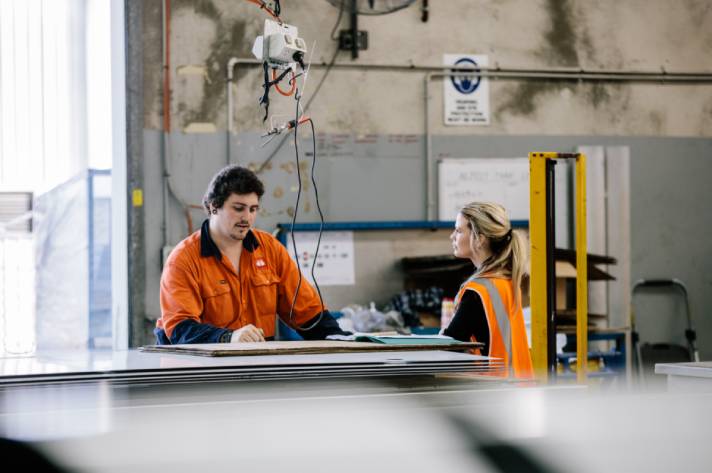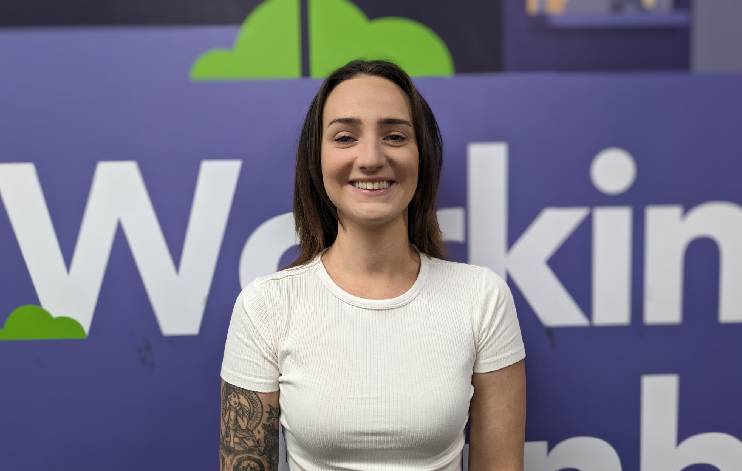Celebrate similarity to promote diversity
Published by MAXSolutions on June 21, 2020

Businesses today invest a lot of time celebrating difference to promote workforce diversity. Have we got it the wrong way round?
Organisations around the world have spent years trying to work out the best way to promote diversity and inclusion. Most agree on the importance of celebrating difference among their employees. But is it possible we’ve got it wrong?
It sounds counterintuitive but some experts believe the best way to promote diversity is to celebrate our similarities. Not our differences.
American psychologist Jonathan Haidt, says focusing on what makes us different is counterproductive because humans are wired to be tribal. We surround ourselves with like-minded people and find it tough to trust ‘outsiders’.
“To make a human hive,” he suggests, “you want to make everyone feel like a family. So don’t call attention to racial and ethnic differences; make them less relevant by ramping up similarity and celebrating the group’s shared values and common identity.”
One of the largest studies of what works in diversity, Why Diversity Programs Fail, backs up Haidt’s argument. The US study found 'classic command and control' diversity training tended to backfire, reducing diversity on average across the 829 firms it monitored.
Not everyone, however, is convinced. A lot of people argue you need to celebrate difference to promote change and set clear expectations for staff around discrimination.
Vanessa Armstrong, a National Operations Manager Employer-Partnerships at MAX, works with some of the country’s biggest employers to support their diversity initiatives. She says businesses should do what works for them.
“Every employer in Australia has a basic legal responsibility under human rights and anti-discrimination law to provide equal opportunity employment. Beyond that though, how you promote diversity in your business is largely up to you.”
“We work closely with lots of big employers who all promote inclusion in different ways. Some celebrate difference. Some focus on improving processes. Most do both.”
“My personal experience is that employers who have a dedicated D&I champion and set hard targets around recruitment of under-represented groups, tend to see the best results.”
“The main challenge we find is that a lot of employers struggle to attract culturally diverse staff using traditional hiring strategies. They often also don’t have the resource to help people with different workplace requirements settle-in over their first few months of a new job.”
“Many businesses find it easier and more effective to turn to providers like MAX, who can provide end-to-end support to employers and employees through hiring, training and onboarding.”
Change processes
So should you stop celebrating difference? Probably not. But you might want to consider celebrating similarity as part of your D&I engagement with staff. And it is certainly worth looking at your processes to make sure good intentions turn into good outcomes.
Here are our five top tips for simple measures you can adopt to hit your D&I targets:
Identify where you need to improve. Does your workforce resemble the communities that you operate in? Chances are there will be areas that require work at different levels of the organisation. Address all aspects of diversity, including: race, age, disability, sexuality, gender and language
Reduce potential for biases to impact recruitment. For example, consider using ‘blind CVs’. Removing a candidate’s name from a resume means there is less risk of decisions being taken on the basis of gender or race. The use of independent scoring of candidates, rather than trial by consensus, and the use of gender-neutral language in job adverts are other small ways that you can change behaviour and outcomes. Usually with minimal or no effort. For example, ‘masculine’ words like ‘ambitious’ and ‘dominate’ can appeal less to female applicants. One word of warning, blind CVs might not help your organisation if it is actively targeting recruitment of under represented groups
Increase transparency and accountability in decision making. Introduce diversity and inclusion targets and KPIs. Consider publishing progress so that senior leaders are held accountable for their hiring and promotion decisions, as well as staff engagement metrics
Create a culture where everyone feels able to speak up. A few years ago, Dr Margaret Byrne, a consultant in management and diversity, decided to find out how leaders manage conflict in decision making. Her team filmed dozens of workplace meetings, involving hundreds of employees. They uncovered an interesting pattern. Domination by white males, of similar upbringing, who commanded more ‘air time’ than others when it came to decision-making. Even in diverse teams, meetings with dominant, white, male leaders were distinguished by a lack of dissenting voices. In other words, pushing for a variety of different backgrounds delivers no special benefit (and can even lower the team’s performance) if a leader is too dominant. To perform well, good leaders need to make sure their teams are not only diverse, but the culture is genuinely inclusive. One study suggested that good board chairs only spoke for 6% of the meeting. Or roughly four minutes per hour. We all need to be able to flip between speaking and listening
Get in outside help. If you are struggling to attract or find workers from different backgrounds, seek out support from local community groups, or use connections among your own staff. You can also contact the MAX employer partnership team, who have a wealth of experience supporting businesses to attract, hire and retain people from a wide range of backgrounds
Check out our top five Benefits of a Culturally Diverse Workforce.
Share
Tags
Found this useful?
Help and advice
Our blogs are about helping people seek the information that they need for their steps in the workforce.














_1.jpg)





























.jpeg)

















